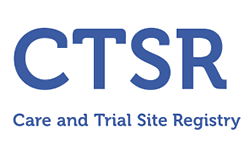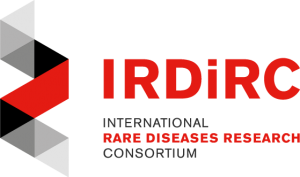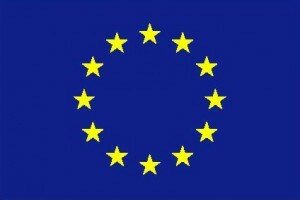Authors
Sara Van Mossevelde, Julie van der Zee, Ilse Gijselinck, Kristel Sleegers, Jan De Bleecker, Anne Sieben, Rik Vandenberghe, Tim Van Langenhove, Jonathan Baets, Olivier Deryck, Patrick Santens, Adrian Ivanoiu, Christiana Willems, Veerle Bäumer, Marleen Van den Broeck, Karin Peeters, Maria Mattheijssens, Peter De Jonghe, Patrick Cras, Jean-Jacques Martin, Marc Cruts, Peter P. De Deyn, Sebastiaan Engelborghs, Christine Van Broeckhoven
Journal
JAMA Neurol,
Publication date
February 2017
Abstract
Importance - Patients carrying a C9orf72 repeat expansion leading to frontotemporal dementia and/or amyotrophic lateral sclerosis have highly variable ages at onset of disease, suggesting the presence of modifying factors.
Objective - To provide clinical-based evidence for disease anticipation in families carrying a C9orf72 repeat expansion by analyzing age at onset, disease duration, and age at death in successive generations.
Design, Setting, and Participants - This cohort study was performed from June 16, 2000, to June 1, 2016, in 36 extended Belgian families in which a C9orf72 repeat expansion was segregating. The generational effect on age at onset, disease duration, and age at death was estimated using a mixed effects Cox proportional hazards regression model, including random-effects terms for within-family correlation and kinship. Time until disease onset or last examination, time from disease onset until death or last examination, or age at death was collected for for 244 individuals (132 proven or obligate C9orf72 carriers), of whom 147 were clinically affected (89 proven or obligate C9orf72 carriers).
Main Outcomes and Measures - Generational effect on age at onset, disease duration, and age at death.
Results - Among the 111 individuals with age at onset available (66 men and 45 women; mean [SD] age, 57.2 [9.1] years), the mean (SD) age at onset per generation (from earliest-born to latest-born generation) was 62.5 (8.3), 57.1 (8.2), 54.6 (10.2), and 49.3 (7.5) years. Censored regression analysis on all affected and unaffected at-risk relatives confirmed a decrease in age at onset in successive generations (P <� .001). No generational effect was observed for disease duration or age at death. Conclusions and Relevance - The clinical data provide supportive evidence for the occurrence of disease anticipation in families carrying a C9orf72 repeat expansion by means of a decrease in age at onset across successive generations. This finding may help clinicians decide from which age onward it may be relevant to clinically follow presymptomatic individuals who carry a C9orf72 repeat expansion.
DOI link
10.1001/jamaneurol.2016.4847



